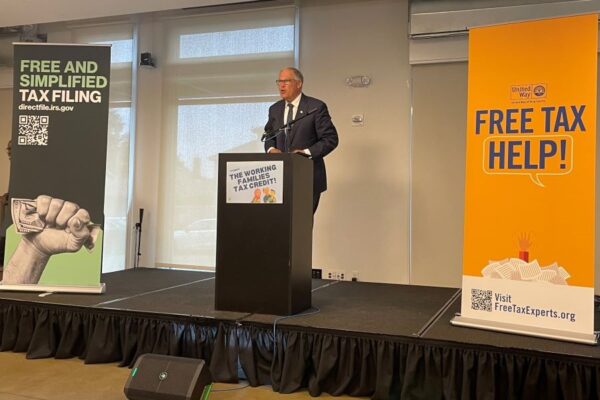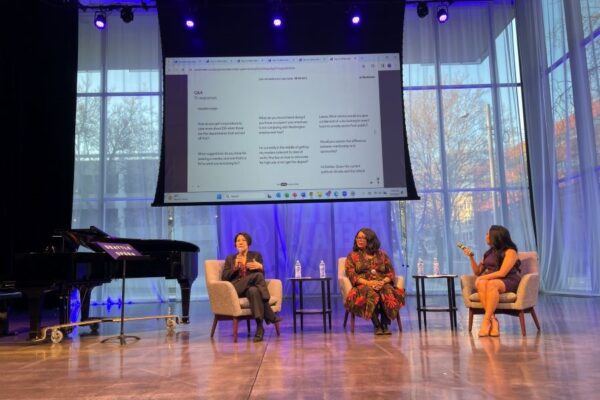Making Homelessness As Brief as Possible
Studies show that the less time people spend in homelessness, the less likely they are to become homeless again. Staying in emergency shelter makes it difficult for kids to do their homework and stay on track in school. Sleeping at shelters makes it difficult to be well-rested so you can hang on to your job and—and even more difficult to find a job when you’re forced to carry all of your belongings with you during the day.
According to the One Night Count conducted in January of this year, 4,505 people were counted among those who are unsheltered and experiencing homelessness.
The majority of our investments focus on making sure that people are re-housed quickly and find the support they need.
What’s working?
Rapid Re-Housing. When people are on the brink of losing their housing, we work to reach them early enough to avoid homelessness. Yet that’s not always possible. So we also invest in helping people who have recently lost their housing get re-housed quickly. Rapid Re-housing is a national best practice that focuses on moving people to permanent housing first, then providing services. Last year we helped hundreds of people regain housing through support like mediation, short-term rental assistance, and security and utility deposits.
20+ Emergency Shelters. All of our investments in shelters around King County include staff support so that people can reach longer-term solutions. Our funding makes emergency shelters an option for people who may otherwise be turned away: a couple who would like to stay together (most shelters are single gender), people with pets, etc. Our funding also often extends shelter hours during the winter months so people have a dry, warm place to go.
Outreach Workers. We invest in case management and outreach teams to connect with people who are sleeping outdoors in tents, under bridges and in unsanctioned encampments. Our goal is to help them move to a more stable environment. When people are in this crisis situation, the most important thing is to get them inside and connected to services.
Connection to employment skills. We know that connecting people to employment can give them the boost they need to start their exit from the streets. Through Jobs Connect, we’re working with partners like Millionair Club and Downtown Seattle Association to remove barriers and connect people to work. Employers like Tom Douglas Restaurants and Seattle Metropolitan Improvement District are helping give people a fresh start.
What needs work?
Shelter stays are too long. The goal is to house people within an average of 30 days (that’s consistent with HUD’s high-performing community benchmarks). Currently King County shelters secure housing for 12% of adults and 31% of families staying in emergency shelter.
United Way has always required that emergency shelters provide additional services on-site so people can get more than just a mat—they get help finding a more permanent solution. This year, we’ll go beyond just requiring that the services are there. We’ll require that the emergency shelters we fund move at least 50% of their clients to stable housing.
Read on for overall approach to ending homelessness and how this prevention work helps make sure that homelessness is rare, brief and one-time.





Comments